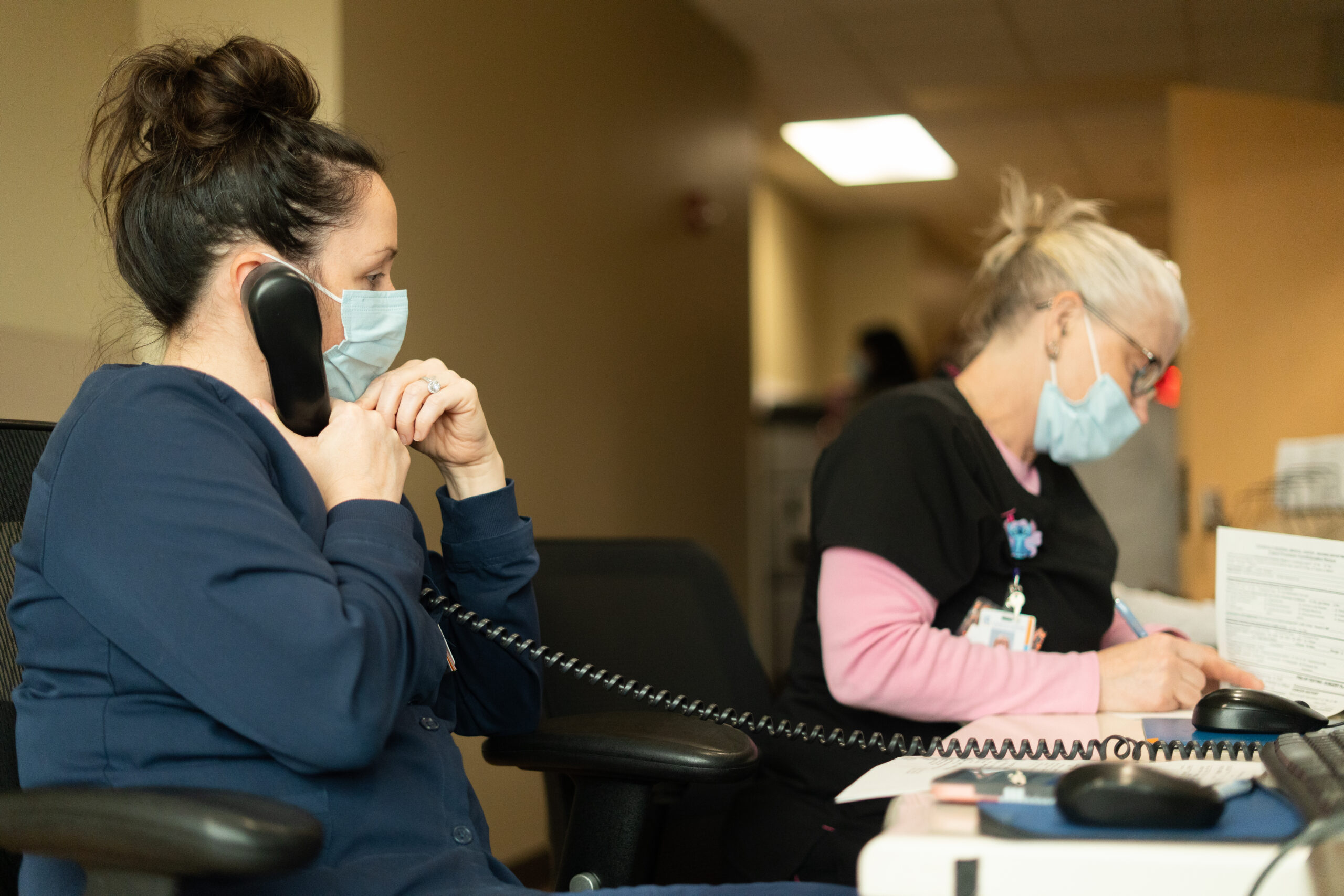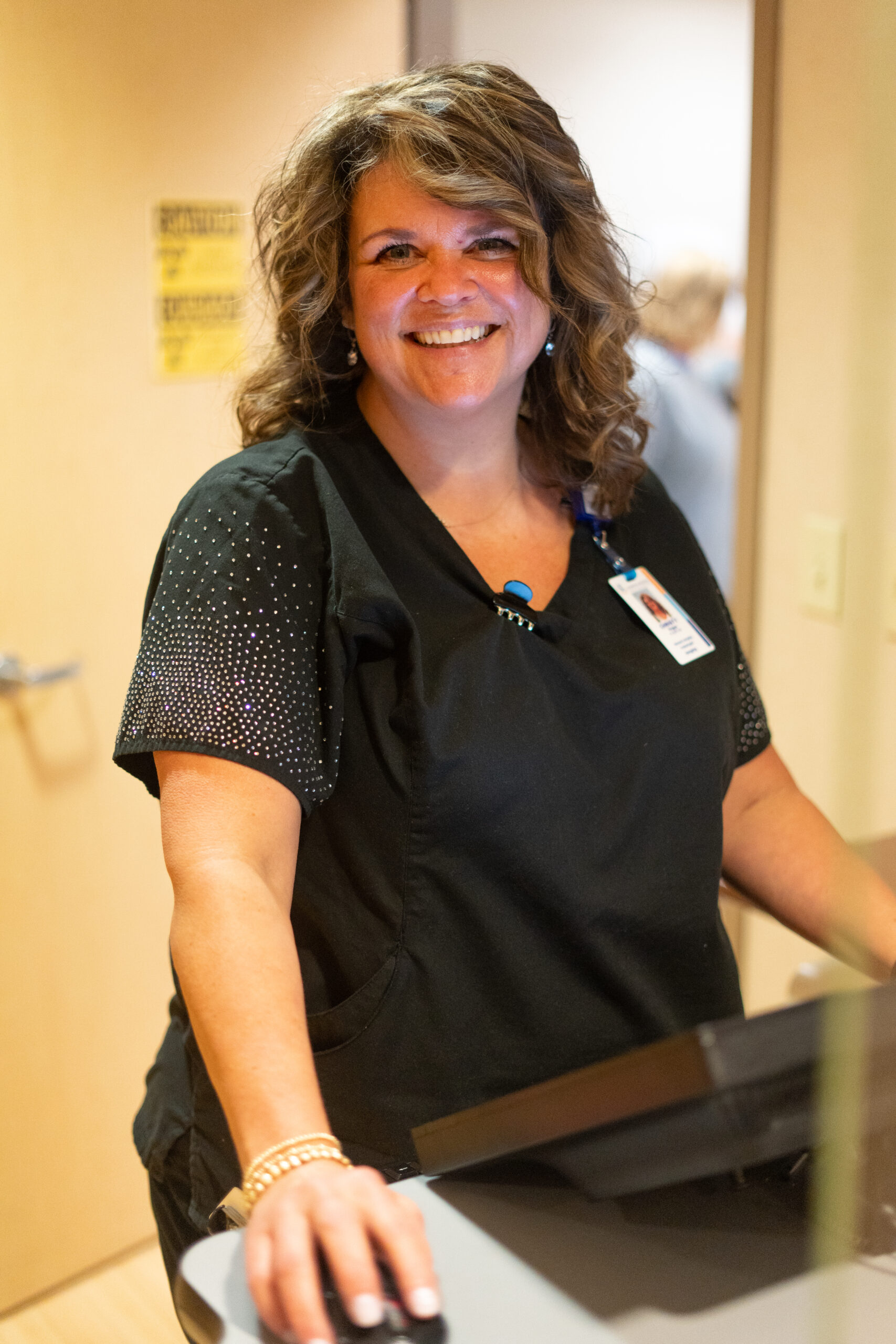Education
Know what to look for
Overview
It is important to be familiar with your breasts so that you know how they normally look and feel. It is also important to know that finding breast cancer early gives you the best chance for successful treatment.
Remember that regular mammograms (yearly for women over 40) and monthly self-exams are highly recommended for the early detection of breast cancer.
Keep in mind, though, that mammograms do not find all breast cancers. That’s why it’s important to be familiar with how your breasts look and feel so that you can be aware of changes.
It is good to also know the signs and symptoms of breast cancer.

Signs to look for
Remember, early detection is the best defense against breast cancer. Talk to your doctor if you find any of the following:
- Lump or mass in the breast
- Swelling of all or part of a breast (even if no distinct lump is felt)
- Skin irritation or dimpling
- Breast or nipple pain
- Nipple retraction (turning inward)
- Redness, scaliness, or thickening of the nipple or breast skin
- Nipple discharge (other than breast milk)
If you have any of the following risk factors, you have an increased breast cancer risk:
- A history of breast cancer
- Family history of breast cancer
- Are over 35
- Have had any abnormal mammogram or breast biopsy results in the past
- Genetic testing results that show an increased risk of breast cancer
- Dense breast tissue
- Any combination of the above factors
If you have an increased risk, you need regular breast MRI screening in addition to the recommended exams and mammograms. And if you are a black woman or of Ashkenazi Jewish descent, it’s very important that you and your physician evaluate your risk factors no later than age 30 so that you might also receive supplemental MRI screening if needed.
